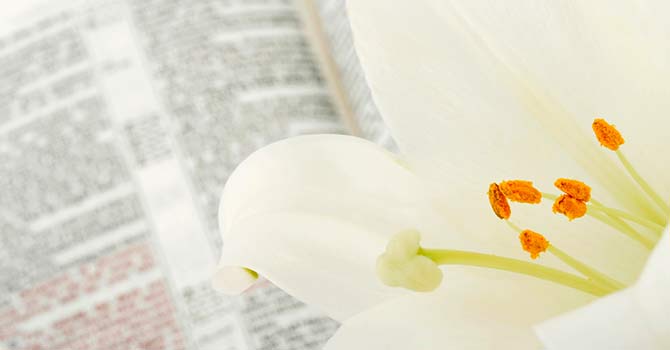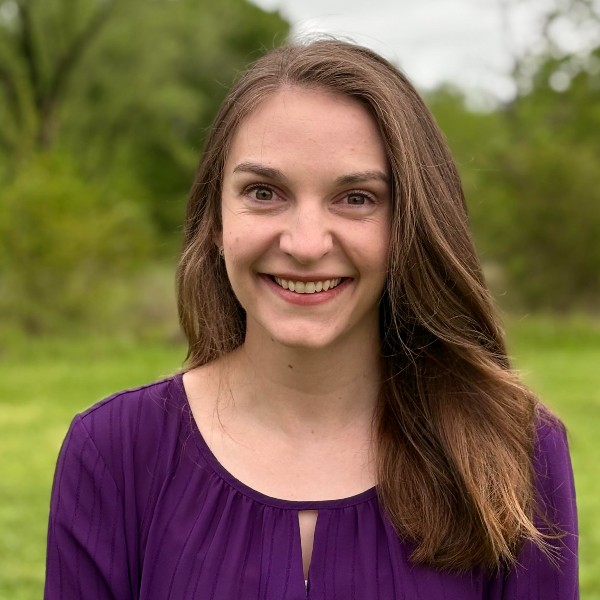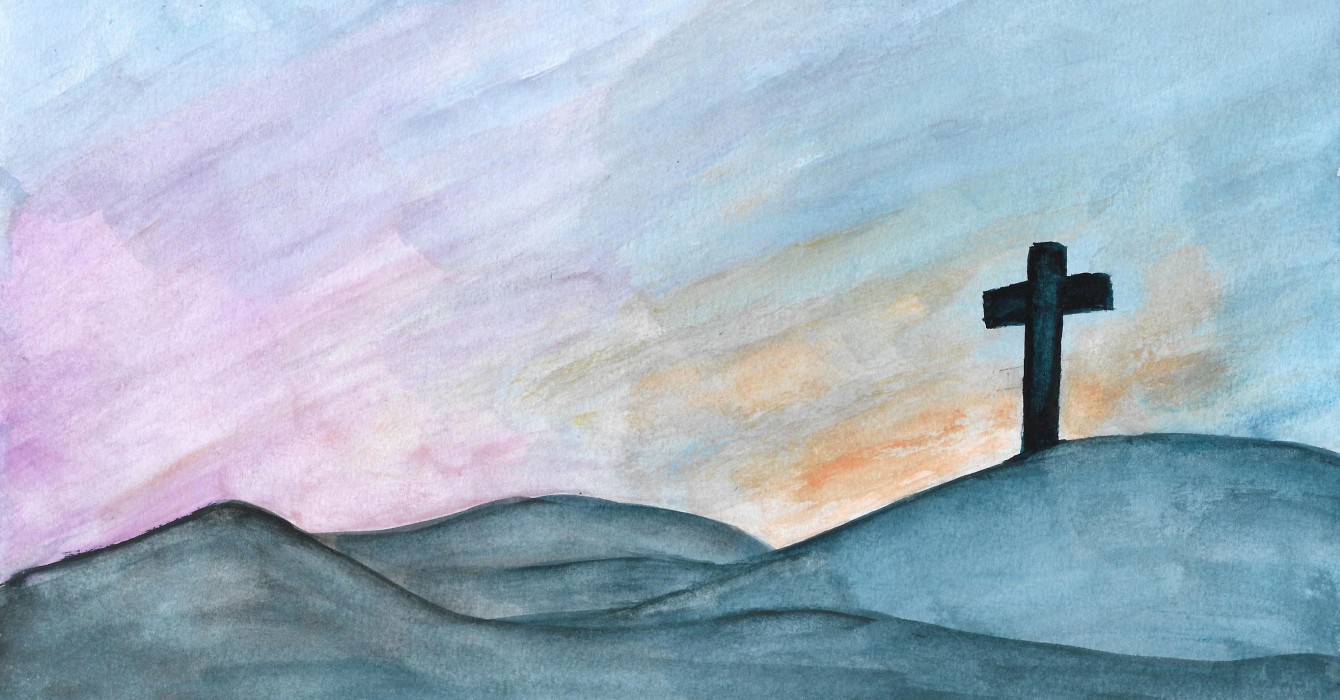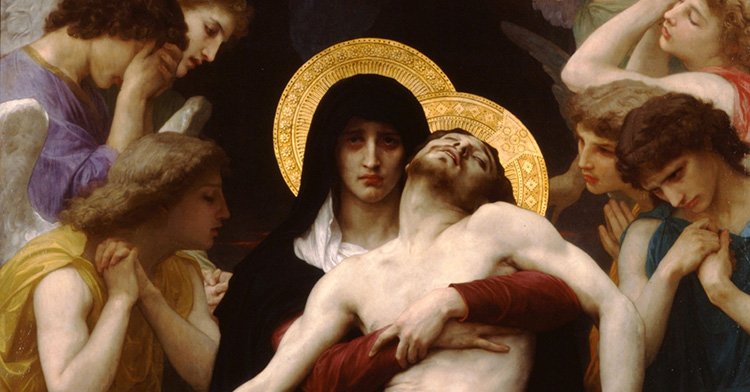Early in the morning on the first day of the week, two women arrived at church to do what was their custom: open the building, arrange the altar flowers, turn on the heat, start the coffee.
But when they stepped from their cars this Easter morning, what they saw was impossible to miss yet difficult to take in. Their beautiful, century-old white-frame church had been vandalized. The exterior walls, the sidewalk and the sign out front were defaced with anti-Christian graffiti.
Minutes later, the pastor arrived with her husband. In shock and sadness, the four continued preparations for the morning’s first Easter service, which was to begin in less than 90 minutes, even as they waited for the police.
Around that time, my father texted me the news: “Church has been vandalized,” he wrote, attaching a picture. My mother is the pastor of this congregation in Durham, North Carolina.
I threw on jeans, a sport coat and a baseball hat and drove to their church. I didn’t shave or brush my teeth. I knew that there was really nothing I could do to make things better, but I needed to be with them in that moment.
A police officer arrived around the same time church members began filing in for the first service. The officer walked the grounds, took pictures, collected statements and began paperwork. As a church trustee and I walked with him around the building, we made a point to say “Happy Easter” to each churchgoer we passed -- women in hats, men in suits, children in their pastel best. The three of us were an odd cohort of greeters for Easter Sunday morning.
As the officer was explaining how we could retrieve the paperwork for an insurance claim, the church pianist played the first chords of the opening hymn, “Jesus Christ Is Risen Today.” The worshippers’ voices accompanied the officer as he returned to his cruiser to leave.
Within the congregation, reactions that morning included the practical (“We need to paint over this immediately”), the compassionate (“I wish we could help whoever did this”), the baffled (“Who would do this to our church on Easter Sunday?”), and the fearful (“What if they come back?”).
Yet despite the graffiti, Easter Sunday went on. The ancient story was read and proclaimed again. Bread-become-body was broken. Wine-become-blood was poured. The peace was passed from person to person. A chorus of alleluias was sung. Jesus Christ was risen, and the risen Christ was with us.
Much later, I realized that this has been the way of Easter all the way back to the beginning. The risen Christ is made known to us in the midst of our uncertainties, anxieties and fears.
The Scriptures do not reveal all the details, but we know that within about 48 hours of Jesus’ death, most of his first followers, still confused, grieved and fearful over Friday’s loss, found each other again and kept company behind closed and locked doors.
They gathered because they needed each other, the way survivors always gravitate to one another, knowing that only fellow survivors can truly understand. They gathered because they needed to figure out what came next, now that the itinerant rabbi they had followed was gone.
It was in their confusion and swirl of emotions that the risen Christ appeared. “Peace be with you,” he said (John 20:19), and he showed them his hands and his side. It was as if he was saying, “I have known the ways of this world -- hatred, anger, violence, corruption, collusion, deceit, despair -- and when you know those things, when your world is shaken, when it crumbles or collapses, remember that I am risen from the dead and with you always.”
Vandalism is bewildering, heartbreaking and fear inducing, to be sure. Yet somehow, the risen Christ met a congregation on Easter Sunday in that circumstance, and through it. Our experience of vandalism renewed our faith that we are never alone or abandoned. It reminded us that the Lord is risen.
The Lord is risen indeed.









